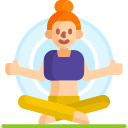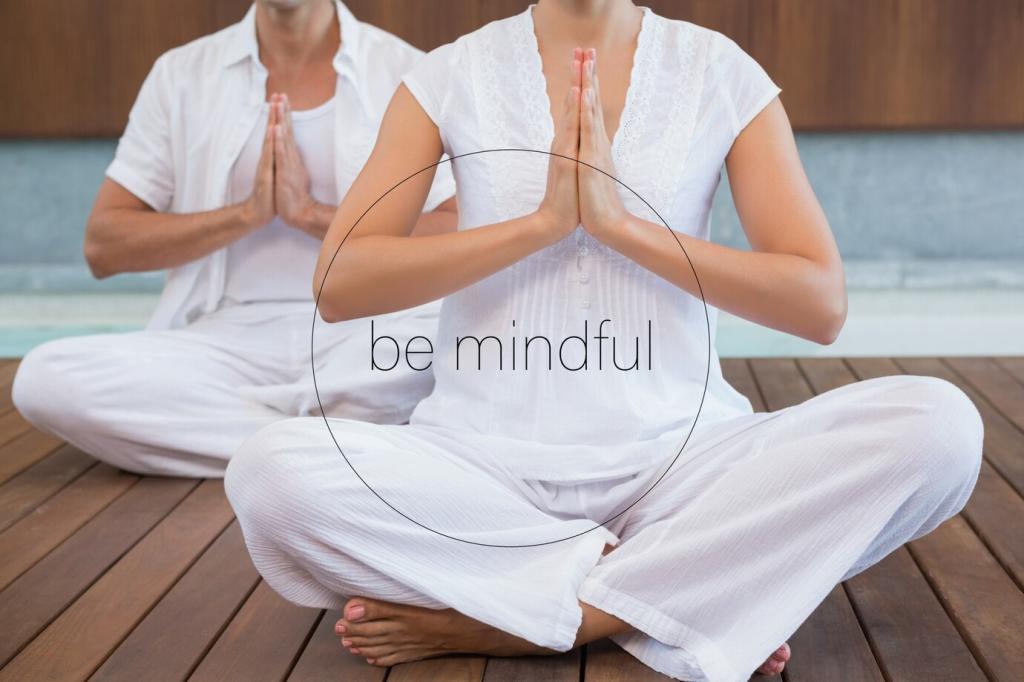
Using Yoga for Better Sleep: Restful Nights Begin on the Mat
Tonight’s chosen theme: Using Yoga for Better Sleep. Ease into calm with gentle movement, soothing breath, and mindful rituals that settle your nervous system and invite deep, unbroken rest. Share your goals and subscribe for weekly sleep-supporting practices.
The Sleep–Yoga Connection
Switching On the Parasympathetic
Slow, lengthened exhalations and gentle breath ratios stimulate the vagus nerve, lowering heart rate and cortisol. By practicing mindful breathing before bed, you prime your body for sleep, helping thoughts untangle while your nervous system shifts toward peaceful restoration.
Gentle Poses That Invite Sleep
Child’s Pose, Supported Bound Angle, and Legs-Up-the-Wall decompress the spine and soothe tired legs. When held with relaxed breathing and heavy, grounded attention, these shapes whisper safety to your system, easing you into drowsiness without forcing or striving.
Mindfulness as a Bridge to Dreams
A short body scan softens micro-tension you may not notice: jaw, tongue, shoulders, hips. Pair this with gratitude breaths—inhale something you appreciate, exhale something you release. This gentle ritual reframes bedtime as sanctuary rather than struggle. Comment with your favorite prompts.
Set the Stage
Dim lights, silence notifications, and roll out a mat near your bed. Add a folded blanket, a bolster or pillow, and calming scent like lavender. Begin seated, place hands over heart, set a simple intention: I am safe to rest.
Unwind the Spine and Breath
Spend six minutes moving slowly: Cat–Cow, Seated Side Bends, and a long Forward Fold with soft knees. Breathe five counts in, eight counts out. Let shoulders drop each exhale. Feel weight settle as the day’s edges blur into softness.
Yoga Nidra Drift
Lie in Supported Savasana with a pillow under knees and a blanket over you. Follow an audio-guided body sweep, welcoming heaviness from toes to scalp. If thoughts intrude, gently return to sensation. Notice the sweet threshold where awareness dissolves.
Daytime Habits That Strengthen Nighttime Sleep
Step outside early and greet the sun with gentle Sun Salutations. Natural light anchors circadian rhythms, while rhythmic breath warms joints without overstimulation. Ten mindful minutes can reduce evening restlessness by spending your energy steadily, not sporadically.
A five-minute Legs-Up-the-Wall at lunch lowers sympathetic arousal and eases swelling in tired feet. Add three rounds of box breathing. This tiny reset prevents stress from snowballing, so nighttime doesn’t become a frantic emotional download session.
Two hours before bedtime, skip intense flows and choose Yin holds: Supported Butterfly and Reclined Twist. Keep lights warm, limit caffeine, and journal one lingering worry. Then close with three ocean breaths, inviting your evening to move slower, quieter.
Props and Space: Build a Sleep Sanctuary
Use a bolster or firm pillow beneath knees, a folded blanket under the head, and an extra throw for warmth. When the body feels supported on every surface, muscles yield, breath deepens, and the mind unclenches naturally into ease.
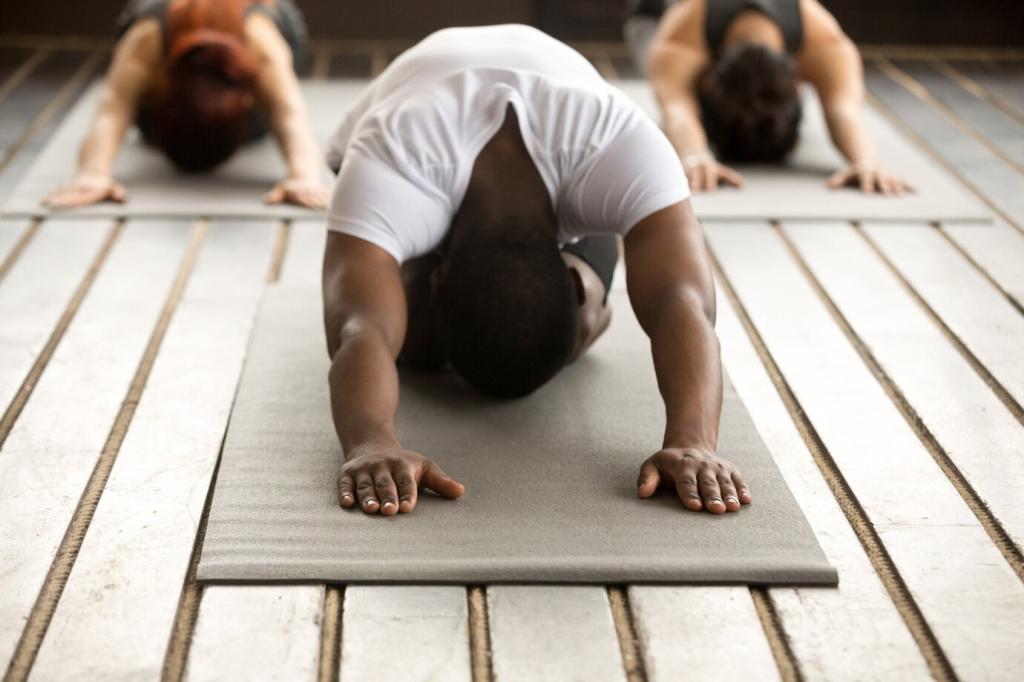
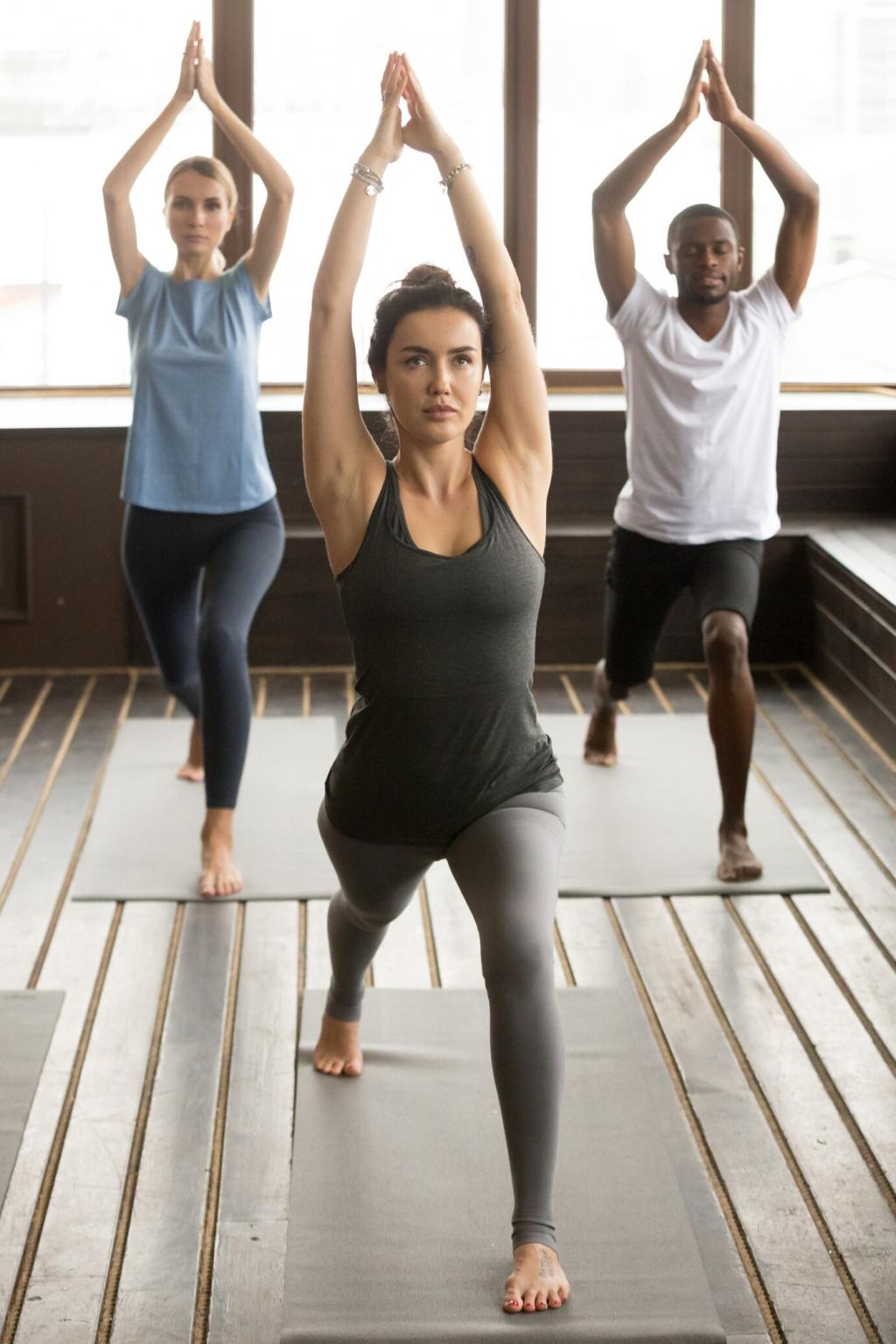
Props and Space: Build a Sleep Sanctuary
A light eye pillow cues darkness and gentle pressure at the brow, nudging the nervous system toward stillness. Add a calming scent if you like. This simple tool turns wandering gaze inward, making drifting off feel deliciously inevitable.
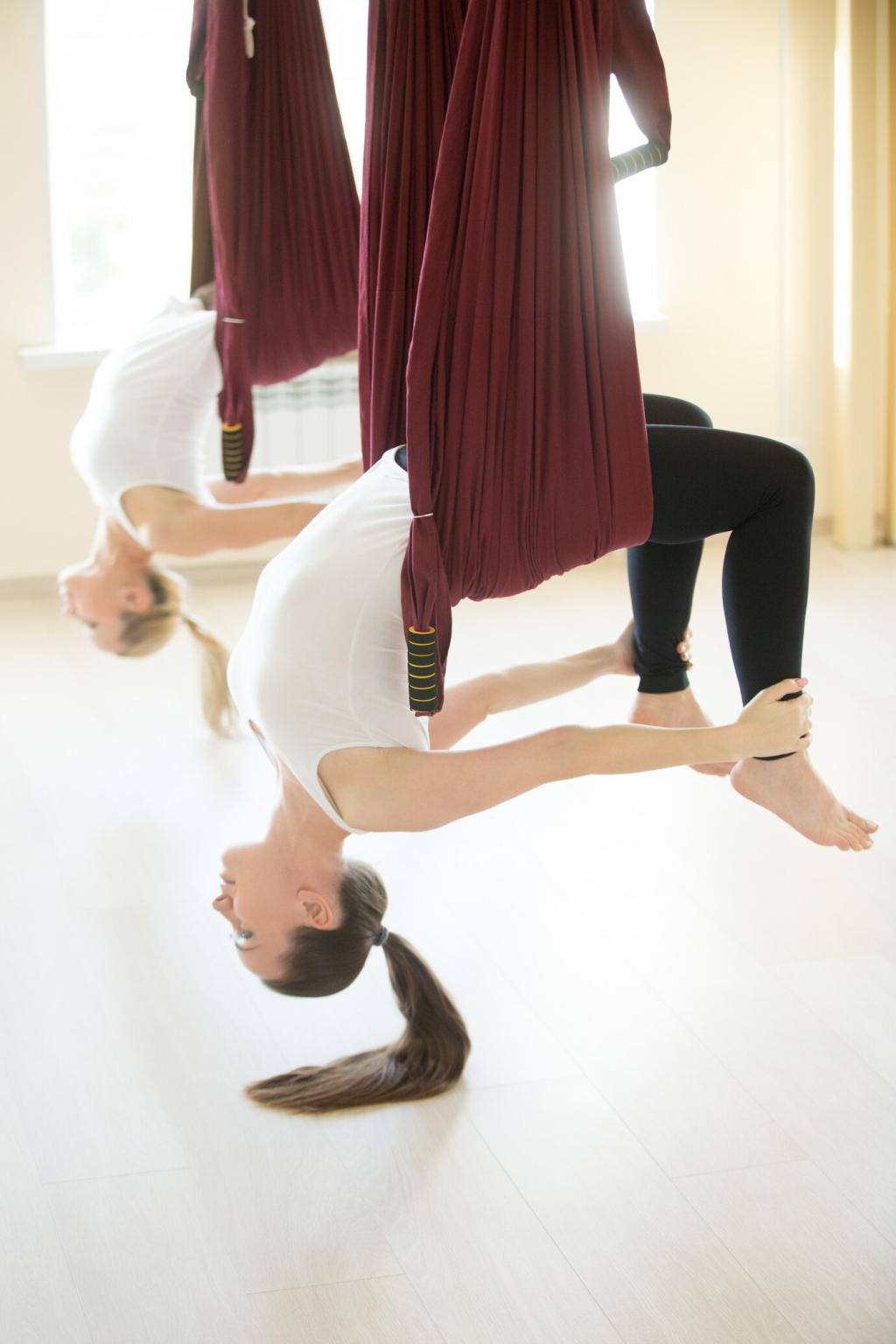
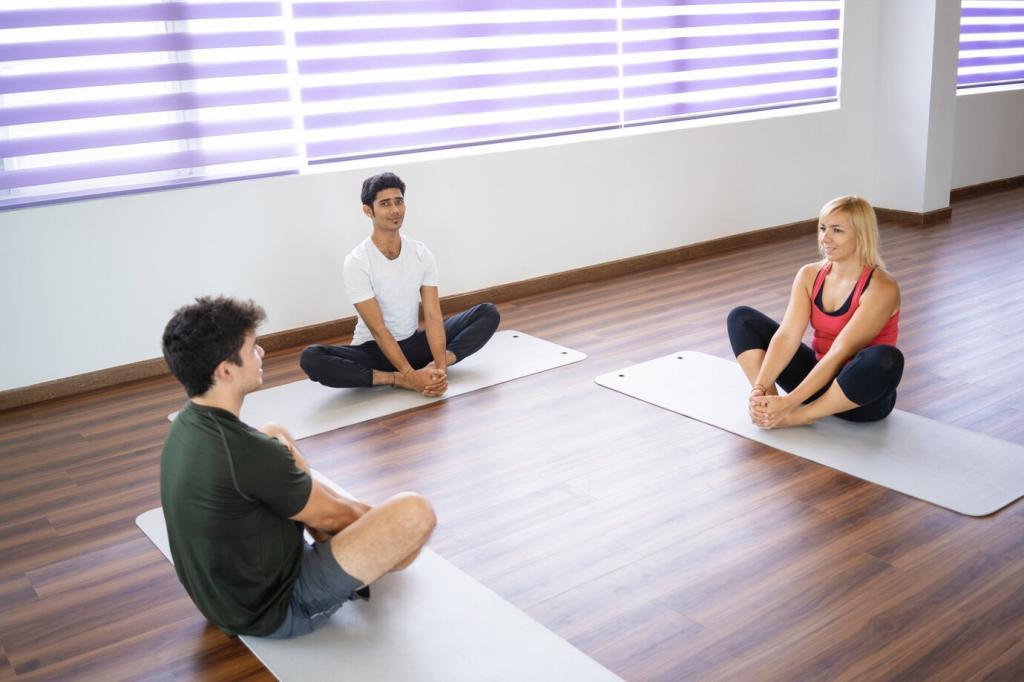
Real Stories: When Yoga Met Sleepless Nights
A graphic designer, Emma tried a 1:2 breath ratio—four counts in, eight out—every night with Supported Child’s Pose. After three weeks, she fell asleep twenty minutes faster and woke once instead of four times. She now shares updates weekly.
Real Stories: When Yoga Met Sleepless Nights
Exhausted but wired, Rahul shifted from late-night workouts to a ten-minute floor sequence: Reclined Pigeon, Hamstring Stretch, Twist, and Nidra. He swears the consistent order trains his brain faster than any app. His baby sleeps; now he does too.
Troubleshooting and Gentle Guidelines
When Poses Backfire
Avoid energizing backbends, stimulating breath, and hot, bright rooms at night. If you have back pain, bend knees generously and support joints. Persistent insomnia or snoring warrants medical guidance; yoga complements care, it doesn’t replace evaluation.
Quieting Sleep Anxiety
If clock-watching spikes stress, cover the clock and practice alternate nostril breathing: inhale left, exhale right, inhale right, exhale left. Pair with a mantra—Nowhere to go, nothing to do—to reframe bedtime from performance to practice.
Track What Works
Keep a simple journal: bedtime, sequence used, breath ratio, wake-ups, and morning mood. Review weekly to refine your ritual. Share your patterns with us, and subscribe to download a clean, printable sleep-yoga tracker template.
